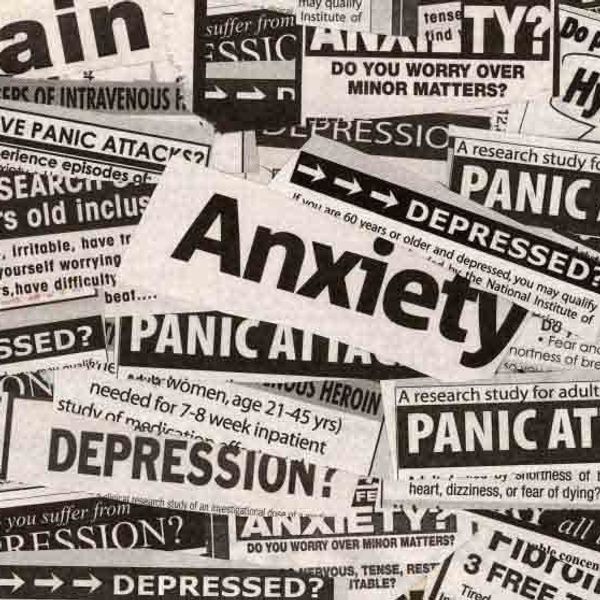Dear World,
Mental health is a level of psychological well-being or an absence of a mental disorder; it is the "psychological state of someone who is functioning at a satisfactory level of emotional and behavioral adjustment."
I did some research a time ago and recently just to check the numbers and I think it is the time that we take a step back and look at the damages our youth are or might experience. We can do something to help but first, we have to show people it is okay to ask for the help. So how about we think this through and see what we can do to lower these number, change starts with you and with me.
From the perspective of positive psychology mental health includes an individual's ability to enjoy life, create a balance between life activities and efforts to achieve psychological resilience; the well-being of an individual is comprised in the realization of their abilities, coping with normal stresses of life, productive work, and contribution to their community.
Web-based surveys done between August 2011 to November 2011 that were done by National Alliance on Mental Illness received 765 responses from individuals who were currently enrolled or were enrolled in the last six years. All asking the same questions about what is was like living with a mental health condition while attending.
This survey also shows that there are eight issues for college students. The highest being depression (27 percent), bipolar disorder (24 percent), anxiety (11 percent), schizophrenia (six percent), PTSD (six percent), ADHD (five percent), substance abuse (one percent), and 12 percent chose another type of illness.
Over half of the responses were from currently enrolled students and a mere 16 percent were from recent graduates; almost three quarters were from a public or private school. The survey shows that it was students near graduating, who realized the condition and received help.
All colleges are not immune to these issues either. Last year over half of student populations went to a counseling meeting provided by the student health services. The information gathered said 56 percent of which were male and 44 percent of which were female.
Most universities have a counseling center that does not give personal information but they are able to say the most common diagnosis, which matches with statistics from the APA and that along with depression, social anxiety is most common not only in the millennial generation but all upcoming generations from the stress of being successful after school.
A study was done at the University of Texas at Austin’s Counseling and Mental Health Center, created a team of trained and certified counselors to determine the appropriate level of care that the student needs at that time.
"For some students, a single session with a mental health professional is all they need, perhaps to help them problem-solve a situation or talk about a personal concern," says Chris Brownson, Ph.D., associate vice president for student affairs and director of UT-Austin's Counseling Center, says the article.
Brownson continued, "Other students are in need of more intermediate or even extended care. This is a way of getting students in front of a counselor more quickly and then ultimately getting them connected to the type of treatment that they need in a much faster way."
The APA reported that this system allowed each student to get the help needed without cutting away time from the students with more urgent problems regarding their health.
All students need to do is ask for help, everything is confidential and there is only one way to change the stigma and that is to show people that going and asking for help is okay.
Sincerely,
The Girl Who Studied Psychology To Understand Others





















